Search
Did you mean: Aedile?
Search Results
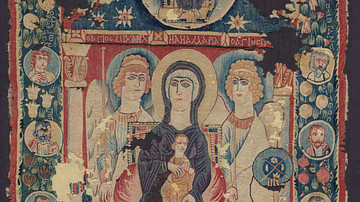
Image
Byzantine Textile Icon of the Virgin and Child
Late antique icon of the enthroned Virgin holding the child Christ and surrounded by the archangels Michael and Gabriel, labeled with Greek inscriptions. Woven tapestry made of colorful wool, from Egypt, dated to the 6th century. In the...
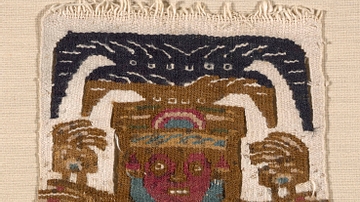
Image
Lambayeque Textile Patch
Patch, 1000/1476 CE. Lambayeque; North Coast, Peru. The Art Institute of Chicago, Kate S. Buckingham Endowment.
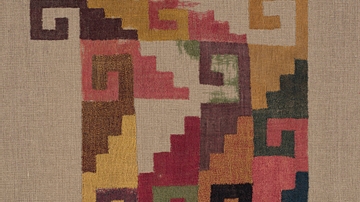
Image
Nazca Textile Panel Fragment
Panel Fragment, 200/500 CE. Nazca; south coast, Peru. The Art Institute of Chicago, Restricted gift of Mrs. Edwin A. Seipp.
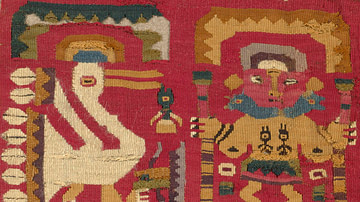
Image
Lambayeque Textile Panel
Panel, 1000/1476 CE. Lambayeque; north coast, Peru. The Art Institute of Chicago, Kate S. Buckingham Endowment.
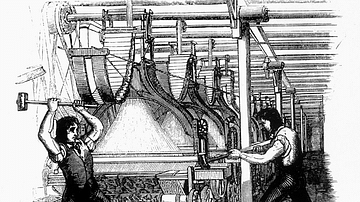
Definition
Luddite
The Luddites, named after their legendary leader Ned Ludd, were workers who protested at the mechanization of the textile industry during the Industrial Revolution. From 1811 to 1816, the violent strategy of the Luddites was to smash the...
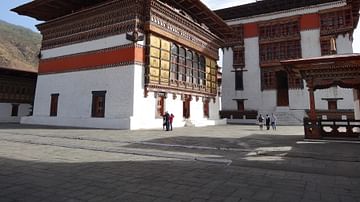
Article
Bhutan: Land of the Thunder Dragon
It is a breathtaking flight with dramatic sweeps over fertile valleys and blue pine forests. You fly past Mt. Everest, Mt. Kanchenjunga and Mt. Gangkhar Puensum, which is the highest, unclimbed mountain in the world soaring to almost 7,570...
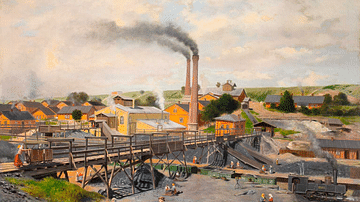
Article
The Impact of the British Industrial Revolution
The consequences of the British Industrial Revolution (1760-1840) were many, varied, and long-lasting. Working life in rural and urban settings was changed forever by the inventions of new machines, the spread of factories, and the decline...

Article
Top 10 Inventions of the Industrial Revolution
The British Industrial Revolution transformed life at work and at home for practically everyone. Noise, pollution, social upheaval, and repetitive jobs were the price to pay for labour-saving machines, cheap and comfortable transportation...

Interview
Interview: Super/Natural: Textiles of the Andes
Over the course of several millennia, textiles were the primary form of aesthetic expression and communication for the diverse cultures that developed throughout the desert coasts and mountain highlands of the Andean region. Worn as garments...

Definition
British Industrial Revolution
The British Industrial Revolution (1760-1840) brought innovative mechanisation and deep social change. The process saw the invention of steam-powered machines, which were used in factories in ever-growing urban centres. Agriculture remained...